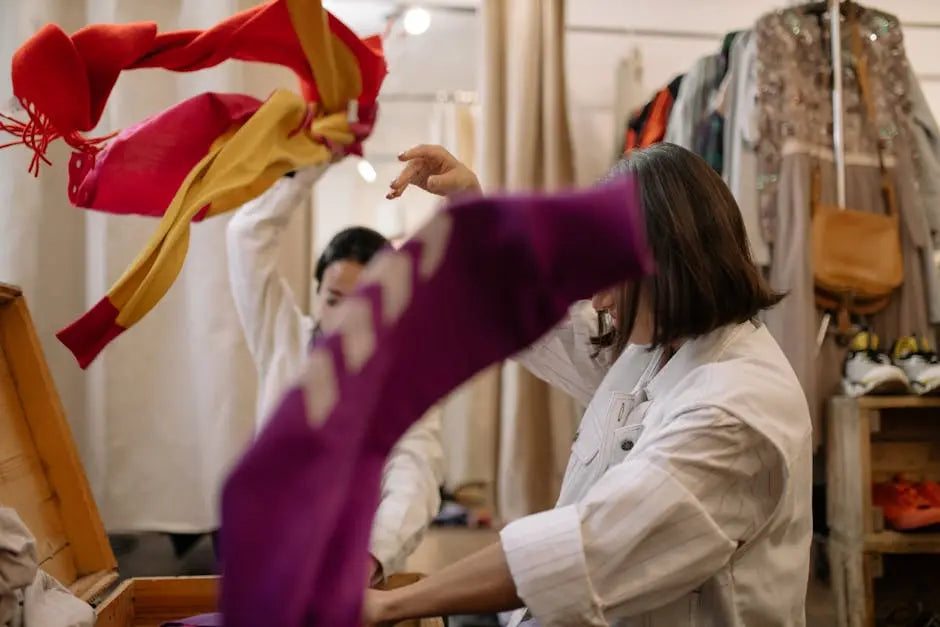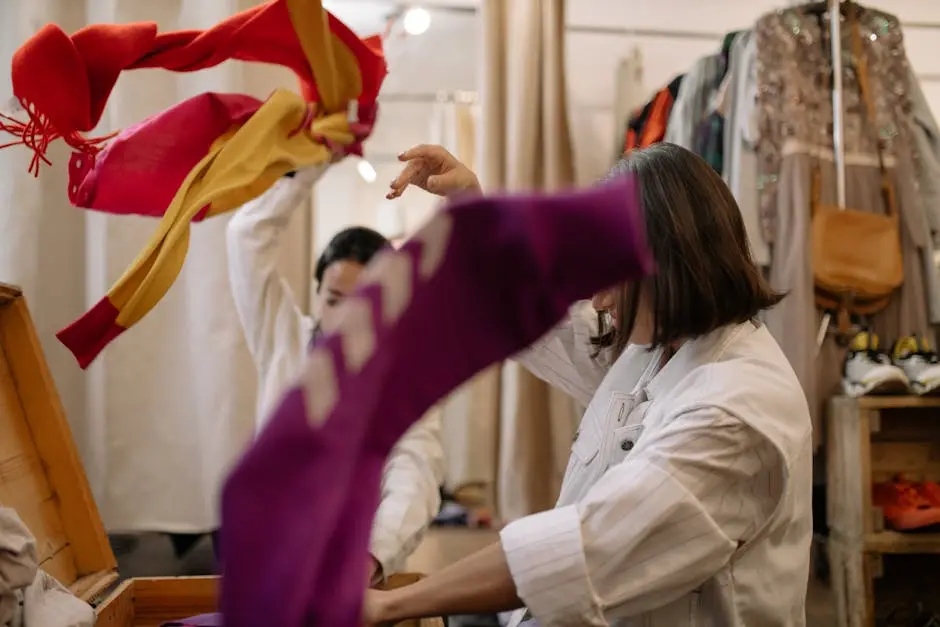
How to Build a Wardrobe with Sustainable Fashion
Share
In a world where fast fashion dominates, building a wardrobe that prioritizes sustainability is a refreshing change. Sustainable fashion not only promotes ethical practices but also encourages us to make thoughtful choices when it comes to our clothing. This blog will guide you through the steps to curate a wardrobe that reflects your personal style while caring for our planet.
Understanding the Concept of Sustainable Fashion
Sustainable fashion goes beyond eco-friendly materials. It encompasses ethical labor practices, fair wages, and minimizing environmental impact. Understanding these aspects sets the foundation for building your sustainable wardrobe.
At its core, sustainable fashion is about responsibility. When we choose to support brands that prioritize ethical practices, we are casting a vote for the kind of world we want to live in. It’s an opportunity to align our values with our purchasing decisions, ultimately shaping the industry itself.
Moreover, sustainable fashion promotes a mindset shift. Instead of seeing clothing as disposable, we are encouraged to view it as an asset. This shift not only helps reduce waste but also encourages creativity in how we style pieces over time.
Assessing Your Current Wardrobe
Before diving into sustainable shopping, take stock of what you already own. Identify pieces you love, wear often, and those that no longer serve you. This reflection will help guide your future purchases.
Creating a clear picture of your current wardrobe makes it easier to identify gaps as well. Maybe you realize you need a classic white shirt or a pair of versatile trousers. Understanding what you already own can prevent unnecessary purchases and promote mindful consumption.
Also, consider the emotional connection you have with your clothes. Some items tell a story or evoke cherished memories. By acknowledging these attachments, you can better curate what fits into your sustainable closet without losing sentiment.
Choosing Quality Over Quantity
Investing in high-quality pieces that are durable and timeless is key to sustainable fashion. Focusing on craftsmanship rather than fast trends ensures your wardrobe remains stylish for years to come.
When selecting garments, pay attention to the materials used. Natural fibers like organic cotton, linen, and Tencel are typically more sustainable than synthetic fabrics, which can shed microplastics and have a higher environmental impact. Quality materials often translate to longevity, meaning you won’t have to replace them as frequently.
Moreover, consider the versatility of each item. You want pieces that can be dressed up or down, mixed and matched with others in your wardrobe. This way, you maximize usage while minimizing waste, creating a cycle of sustained value.
Finding Sustainable Brands to Support
There are numerous brands prioritizing sustainability. Research and choose those that align with your values, whether it’s through eco-friendly materials or ethical manufacturing processes.
Start by checking certifications such as Fair Trade, GOTS, or B Corp. These designations often indicate adherence to rigorous environmental and social standards. Additionally, many brands showcase their sustainability efforts on their websites, offering transparency about their practices.
Don’t overlook local brands either! Supporting local artisans not only bolsters your community’s economy but often reduces the carbon footprint associated with shipping. Plus, you’re likely to find unique pieces that tell a story and stand out from mass-produced fashion.
Incorporating Second-Hand and Vintage Pieces
Thrifting or purchasing vintage clothing is a fantastic way to contribute to sustainability. These pieces not only have character but also reduce the demand for new production.
Shopping second-hand allows you to explore a wide array of styles and eras. You might stumble upon a unique coat from the ’80s or a pair of jeans that are already perfectly worn in. Not only does this add flair to your wardrobe, but it also extends the life cycle of garments, which is a win for the environment.
Consider visiting local thrift stores or online platforms dedicated to second-hand clothing. Each purchase you make is a step towards promoting a circular economy—one where fashion is not just a cycle of buying and disposing, but one filled with thoughtful ownership.
Building a Versatile Capsule Wardrobe
A capsule wardrobe consists of a limited number of versatile pieces that can be mixed and matched. Consider foundational items that work well together and elevate your overall style.
To start, select a color palette that reflects your style and is easy to mix. Neutral tones paired with a few accent colors can create a harmonious look that lasts season after season. This approach helps you make outfits quickly without the headache of excess choice.
Moreover, think about the seasonality of your wardrobe. Including a balance of layers, like lightweight tops and heavier outerwear, ensures you’re prepared no matter the weather. This thoughtful planning makes it easier to adopt a sustainable fashion approach without feeling limited.
Caring for Your Clothes Sustainably
Taking good care of your clothes extends their lifespan. Learn about proper washing, drying, and storage techniques to ensure your garments remain in excellent condition.
Simple habits, like washing in cold water and line-drying your clothes, can make a big difference. Not only do you save energy, but you also reduce wear and tear on your garments, keeping them looking fresh for longer.
Additionally, consider learning basic mending skills. Instead of tossing out a loved piece with a minor tear, a little sewing or patching can extend its life considerably. This not only helps you keep your wardrobe sustainable, but also fosters a sense of personal investment in your clothing.
Embracing a Sustainable Future
Embracing sustainable fashion doesn’t mean sacrificing style or individuality. By making informed choices and investing in versatile pieces, you can build a wardrobe that is both fashionable and eco-friendly. Remember, every small change contributes to a bigger impact. Let’s continue this journey toward a more sustainable and stylish future.

